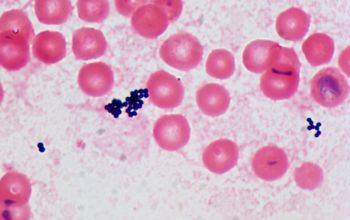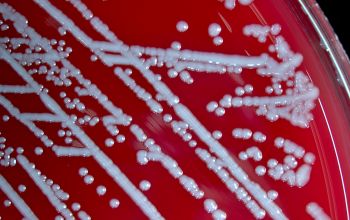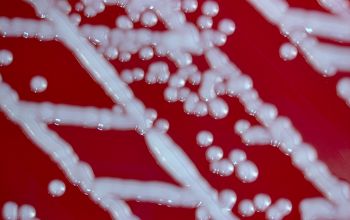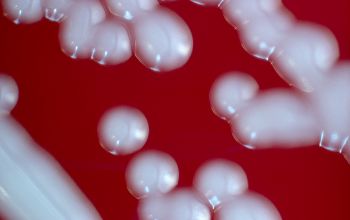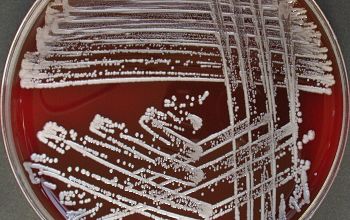Staphylococcus epidermidis
-
General information
Taxonomy
Family: Staphylococcaceae
Natural habitats
They are ubiquitous in nature, and is part of the normal flora of the skin and less commonly the mucosa flora.
Clinical significance
S. epidermidis is an opportunistic pathogen, primarily causing infections in immunocompromised patients or those with implanted medical devices.
It can lead to infections such as catheter-associated bloodstream infections, prosthetic joint infections, urinary tract infections and endocarditis.
Its ability to form biofilms on medical devices makes it particularly difficult to treat, often requiring prolonged or combination antibiotic therapy.
CNS infections occur in implantation of foreign objects, such as intravenous catheters or bone prostheses.
Is repeatedly CNS, in pure culture or in mixed culture isolated from the material, then this confirms the presence of an infection.
The correct identification of CNS is necessary in order to get an idea of the pathogens in this group.
-
Gram stain
Gram positive cocci,
0.5-1.5 µm
that occur in irregular grape-like clusters and,
less often, single and in pairs, tetrads, and in short chains.
-
Culture characteristics
-
Facultative anaerobic
BA: colonies are small to medium, white gray, smooth, opaque, and sometimes they have a dark center.
They have no pigment and most colonies are nonhemolytic
They are relatively small
Some slime producing strains are extremely sticky and adherent.
McConkey: growth
BBAØ: growth
-
-
Characteristics
-
References
James Versalovic et al.(2011) Manual of Clinical Microbiology 10th Edition
Karen C. Carrol et al (2019) Manual of Clinical Microbiology, 12th Edition


